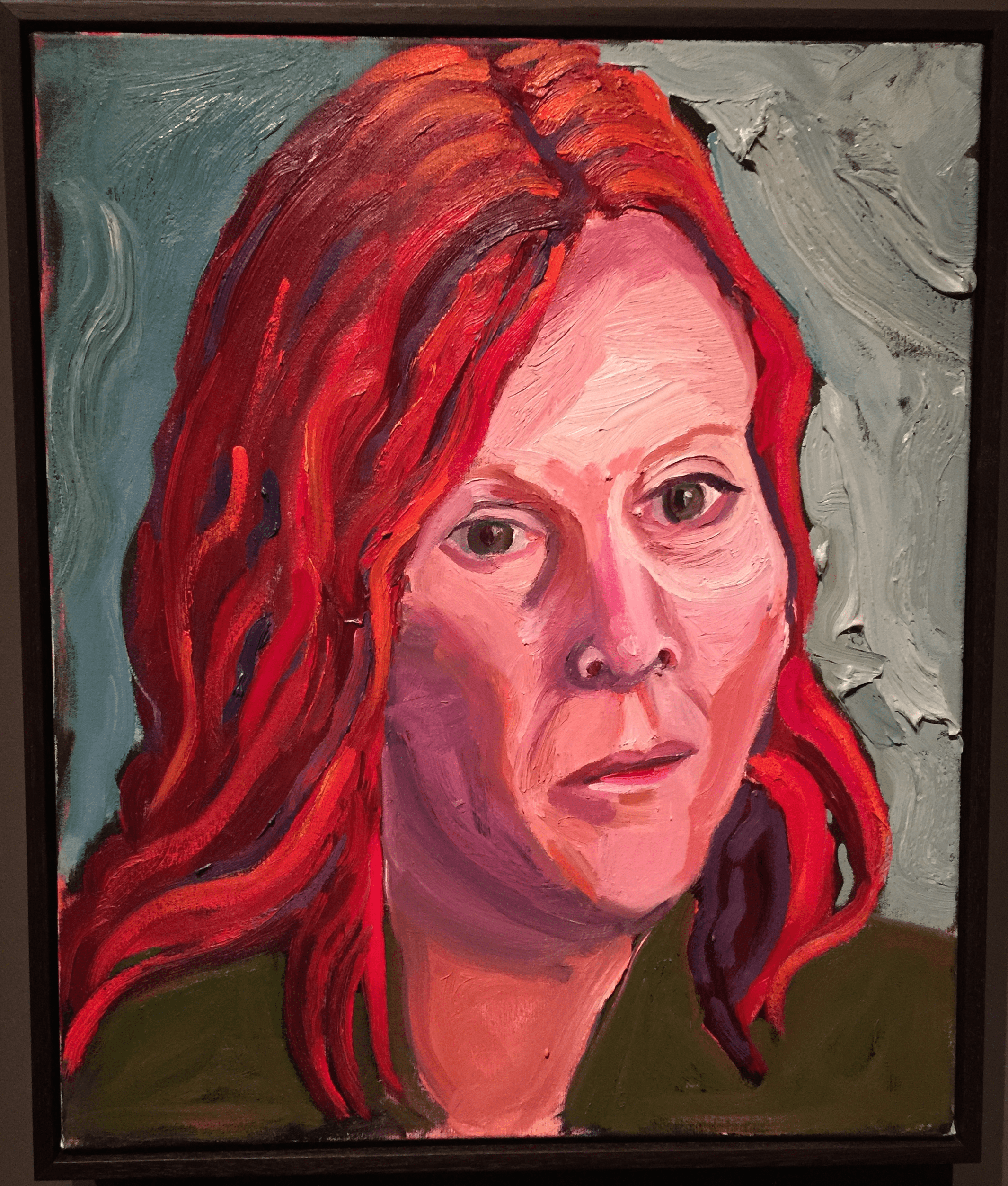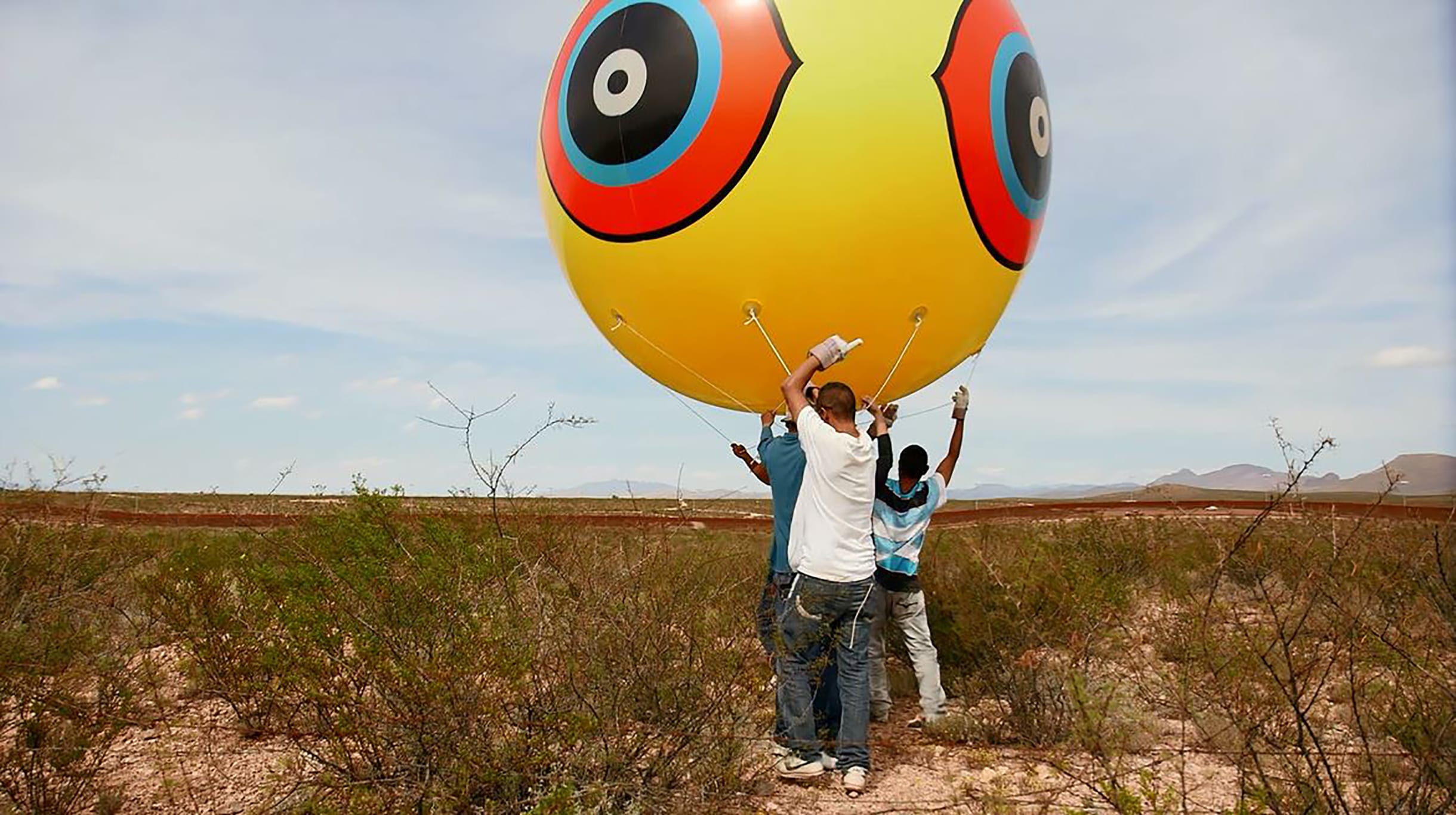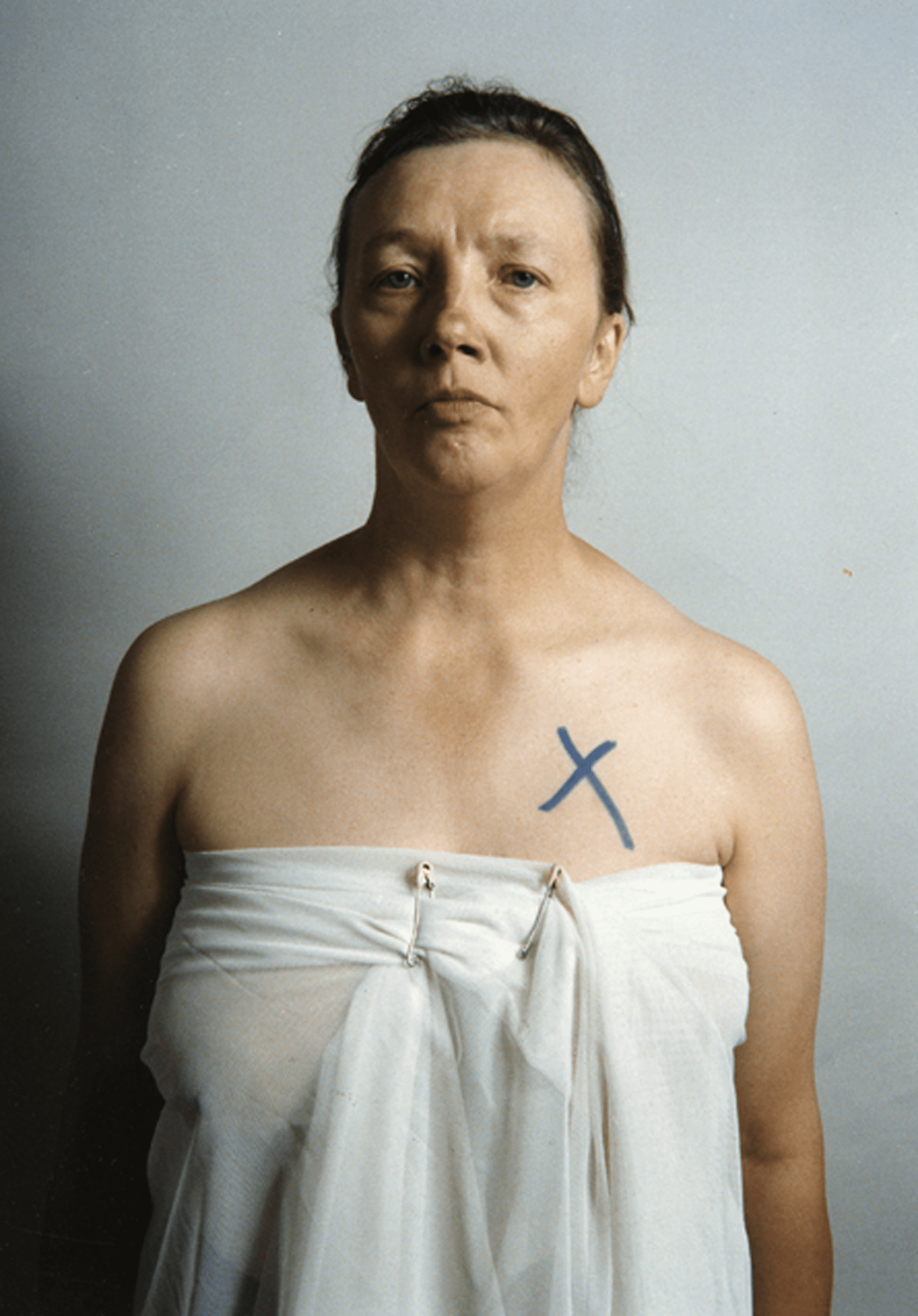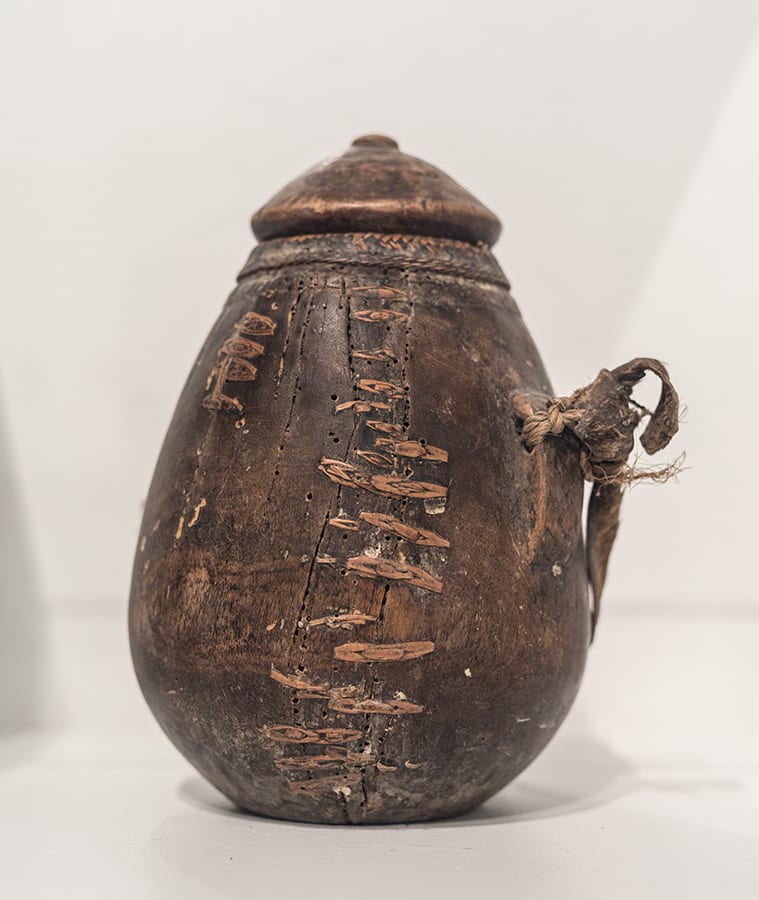Risham Majeed reflects on the current exhibition Heavenly Bodies: Fashion and the Catholic Imagination at The Met Cloisters, looking at how the disjunctions of architecture, costumery, and religious iconography “join to create cohesive desires, unmoored from historical boundedness”
Author: Risham Majeed
Warriors and Volunteers: A Review of George W. Bush, Portraits of Courage
In a new essay, Melissa Warak reviews Portraits of Courage: A Commander in Chief’s Tribute to America’s Warriors, an exhibition of the paintings of George W. Bush
Beyond Survival: Public Funding for the Arts and Humanities
Sarah Kanouse, Jeremy Liu, Catherine Morris, and Mimi Thi Nguyen seek 500-word responses from communities of art-making, scholarship, and exhibition practice regarding public funding for the arts in an environment of heightened scarcity and competitiveness
Digging into Aldiss’s Earthworks and Smithson’s “Earthworks”
Scholar Suzaan Boettger traces the generative interplay between science-fiction author Brian Aldiss’s novel Earthworks and the Land art practice of Robert Smithson
Caitlin Masley-Charlet in Conversation with Elisabeth Smolarz
Caitlin Masley-Charlet sits down with artist Elisabeth Smolarz to discuss Smolarz’s recent residencies and projects, and the importance of failure, artistic community, and cross-pollination between practitioners
Exchange: Geeta Kapur, Saloni Mathur, and Rachel Weiss
Geeta Kapur puts forth a thirteen-part text, “Proposition Avant-Garde: A View from the South,” with critical responses by Saloni Mathur and Rachel Weiss
Citation Bombing: Tactical and Symbolic Subversion of Academic Metrification
Zach Kaiser presents his app CitationBomb, as well as his theory and practice of scrambling and hacking the contemporary metrics of academic success. In “overflowing the commodity market for citations,” Kaiser questions the value systems we assign to knowledge production and consumption
Decentering Land Art from the Borderlands: A Review of Through the Repellent Fence
The 2017 film Through the Repellent Fence looks at Postcommodity’s practice and its relation to and divergences from Land art traditions. Emily Eliza Scott explores the film and the role of art along the US-Mexico border
Health as a Means of Access
Sara Reisman reflects on the ways in which artists and institutions consider (or disregard) how individuals with disabilities access their work
Afrotropes: A User’s Guide
Huey Copeland and Krista Thompson sketch the concept of the afrotrope, a term they have developed over the past decade to describe “those recurrent visual forms that have emerged within and become central to the formation of African diasporic culture and identity”
Exhibition Situations: Risham Majeed in Conversation with Elizabeth Rodini
By Risham Majeed and Elizabeth Rodini
Risham Majeed and Elizabeth Rodini discuss Majeed’s exhibition Made to Move: African Nomadic Design, the museological and curatorial challenges posed by the exhibition’s material, and the possibility of a decolonized museum space
Naturalcultural Wonders to Anthropocene Disasters: A Bibliography for Possibility Aesthetics
Andrew Yang shares a “transdisciplinary cluster” of works that engage the concept of the Anthropocene. When it comes to climate change, Yang asks, “Which we is responsible, or most at risk? What sorts of people, organisms, and entities does we invite or exclude?”










